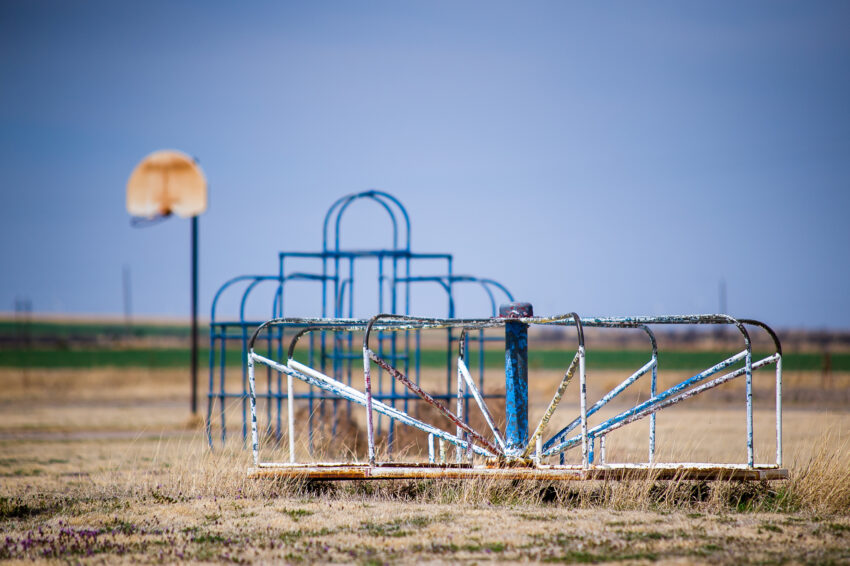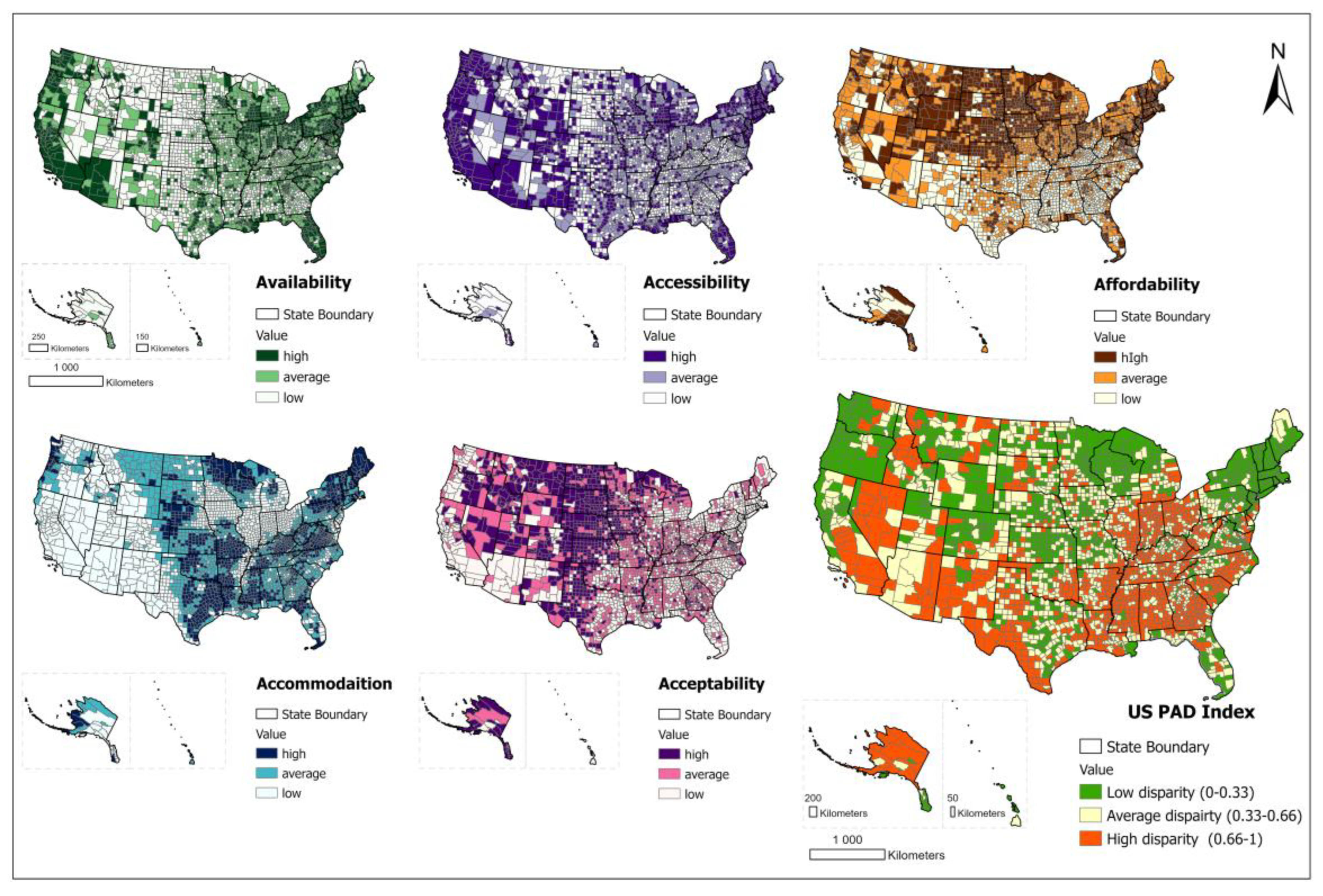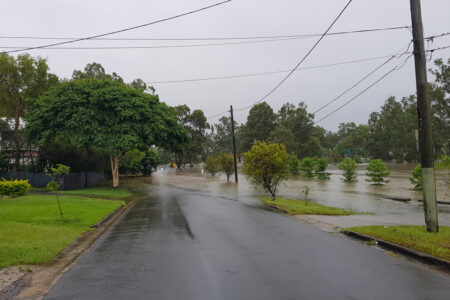
Share On Social!
Play deserts are common among the Deep South and Southwest areas of the United States, according to a recent study from the University of Georgia (UGA).
You may have heard of food deserts and how healthy eating options are limited or hard to access in many racial/ethnic and low-income neighborhoods.
Play deserts are defined as “areas where parks and other spots to run around and play are nonexistent, hard to access or in less safe locations that make parents second-guess taking their children to play there.”
The UGA study shows that play deserts cover about 7% of the US, but the rates are even higher in the Southern parts of the nation.
“Even if you have the park near where you live, if the environment is not safe or it’s difficult to access, then people will not use it,” said Lan Mu, corresponding author of the study and a professor of geography in UGA’s Franklin College.
Determining What Makes Play Deserts
For the UGA study, researchers analyzed five broad measures of access to play areas:
- Accessibility by determining walkability of the neighborhood, how busy the roads in the area were and how close the nearest recreation location was to families.
- Availability of areas where children can be physically active by comparing the number of parks, school and business recreation locations in given areas to the number of children served by those locations.
- Accommodation by focusing on whether the physical environment of the playgrounds and parks meets the needs of children and families, such as the amount of greenspace and air quality.
- Affordability of the play spaces by examining average socioeconomic status, annual income and poverty levels.
- Acceptability through exploring crime rates and vacant lots near parks.
Researchers found that many of counties lacking access to play areas were clustered in the Southeast and Southwest, including California, Texas, the US states with the largest Latino populations.

Additionally, pockets of play deserts were most common in rural and suburban areas throughout the country.
Ultimately, having parks in communities and neighborhoods isn’t enough. Playgrounds should be safe, accessible and affordable for all.
“In some areas, it’s really hot, for instance, so community leaders need to make accommodations for that. They could build water features into the parks and create shaded areas where children can play but not be in direct sun,” said Jue Yang, lead author of the study and a doctoral geography student in UGA’s Franklin College of Arts and Sciences.
Latinos and Access to Green Spaces
Latinos and other people of color often face a lack of access to parks and green spaces.
Only 1 in 3 Latinos live within walking distance (less than one mile) of a park and only 19% of Latino children have access to recreational green spaces close to their neighborhoods, compared to 62% of their white peers, according to a Salud America! fact sheet.
Low-income neighborhoods populated by minorities and recent immigrants are particularly short of green space as well.
Several factors can contribute to inequitable access to existing green spaces including greater distance to parks or green spaces, lack of sidewalks, poor maintenance of the parks and green spaces, poor access to transportation, and funding issues.
In addition, parks that serve primarily Latinos and others of color are half the size of parks that serve majority White populations. They are also five times more crowded, with hotter temperatures, according to research from The Trust for Public Land.
“Studies of funding for urban parks and recreation show that low-income communities of color have far less to spend on parks and recreation, and have fewer non-profit resources, too,” according to the Salud America! fact sheet.
Looking for Solutions to Promote Green Spaces
Given the play deserts that cover many parts of the US, we need solutions to increase access to green spaces and their many health and cognitive benefits.
The UGA study authors urge policymakers to take their findings and maps to visualize and determine how to address the specific needs in their communities.
“The researchers plan to make the interactive maps available online in the future to help local, county-level leaders determine how to create more play oases in their communities,” according to UGA Today.
Boosting access can start with new parks.
In a Latino-majority part of Chula Vista, Calif., promotoras worked with the community to push for the area’s first park in more than several decades.
“People are always using the park,” said local advocate Margarita Holguin.
Increasing access also entails sharing what is already available, but perhaps locked up.
Shared use agreements, for example, are formal contracts between entities that outline the terms and conditions for sharing facilities—such as school yards—with the public and surrounding neighborhoods. Read how a California town and San Antonio, Texas implemented a shared use agreements and unlocked parks.
Green space initiatives also are effective when they meet Latino community needs.
Needs include using a community park as a hub for neighborhood events, social services, and connections to healthcare, repurposing vacant lots into play spaces, and creating greenways as safe routes to school, public transit, according to a research review by Salud America! at UT Health San Antonio.
“By incorporating these characteristics into green space initiatives that impact communities with a large number of Latino residents, policymakers can maximize green space use and improve the physical and psychological well-being of Latinos in their communities,” according to the review.
How Healthy is Your Neighborhood?
What does the health of your community look like?
Find out with the Salud America! Health Equity Report Card.
Plug in your county and explore data on a variety of local data, maps, and gauges on health-related issues including the environment, physical activity, health care, and transit access.
Compare the data to other counties and states across the United States.
Share your results with the local health department or city and school leaders to advocate for change in your community!
GET YOUR HEALTH EQUITY REPORT CARD!
Explore More:
Green & Active SpacesBy The Numbers
33
percent
of Latinos live within walking distance (<1 mile) of a park



